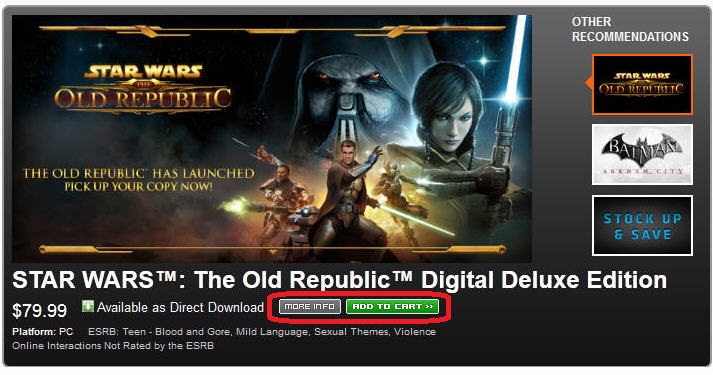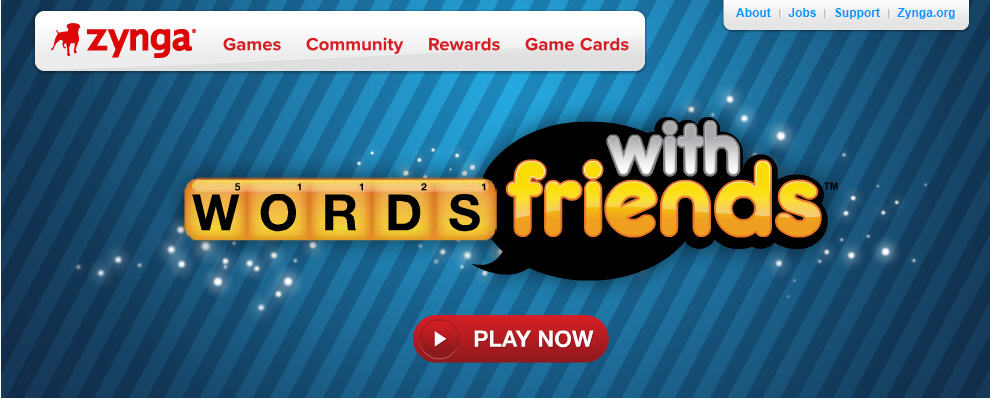While traditional models of selling games online is alive and well with veterans of the B2C sector, we have also witnessed the rise of alternative, social approaches to online marketing strategies.
In this post, we take a look at the online video game industry and analyze two different marketing strategies utilized by B2C companies. Our goal is to see how these different strategies can be applied to other ecommerce verticals.
When I think about the major social video game companies producing massively multiplayer online (MMO) games, I think about Electronic Arts, Activsion Blizzard, and wunderkind Zynga. These are the corporations structuring our play on the Internet.
It goes without saying (but I’ll say it anyway), that the way we play and pay for video games today is different than it was 25 years ago. Back then, I had an Atari 7800 with 4KB of RAM. I could buy a cartridge of Joust from Toys “R” Us, put the game in the console and I was ready to be interactively entertained.
The game has changed. I no longer need to physically travel to a brick and mortar store to buy a video game, and my friends no longer need to physically travel to my brick and mortar home to play the game with me.
And though I understand that these companies produce great games, I’m more interested in breaking down the online shopping experience into distinct components and understanding its application to other ecommerce verticals.
The Traditional Model
Let’s first take a look at EA’s Origin e-store.

EA clearly understands that buyers respond as emotionally to imagery as they do intellectually to message. They offer visitors an opportunity to be a Jedi Knight and who would pass that up? From a design perspective, EA does a good job at showing the experience without needing to explain it.
Of course, their calls-to-action (CTAs) reflect other fundamental ecommerce best practices. Notice the “Add To Cart” button. Do you see how the green color makes this CTA stand out? Compare this button with the gray “More Info” button which almost fades into the background.
EA is directing visitors to the end of their sales funnel with certain visual cues, hoping to convert visitors into paying customers.
The Social Model
Now we take a look at Zynga’s home page.

The first difference I notice between EA and Zynga is that the Zynga’s CTAs are not typical “Add to Cart” or “Buy Now” buttons. Rather, they offer the more engaging “Play Now” CTA. In contrast to the Origin home page, the Zynga home page does not contain product pricing.
What is more striking, is that there does not seem to be a way to navigate to an e-store from the home page. When Zynga says they want you to play now instead of buy now they mean it.
Primarily, the reason for this difference stems from Zynga’s payment model. Zynga’s primary revenue stream comes from in-game microtransitions, so of course their home page is geared toward game play. Their revenue comes from inside the game; not with up front purchases or recurring subscriptions.

RewardVille
What you may not be aware of is that Zynga’s homepage does have a link to an e-store. They just don’t call it that. But if you click on the Rewards section of the navigation menu, you arrive at RewardVille where you can get rewards (read: buy virtual products).

What We Can Learn
2012 is shaping up to be the year of the cloud. Both EA and Zynga exemplify the various tools and methods SaaS delivery or cloud hosting provides for marketing and selling digital goods and services.
It behooves everyone in the ecommerce space to consider whether the SaaS explosion can lift your business from stagnation. And will inattention to SaaS models leave your business floundering while the pack surges ahead?
Technological innovation affects the way consumers use products online. It changes their attitudes toward participation and payment preference. According to the Entertainment Software Association, purchases of digital content accounted for 24 percent of game sales in 2010, generating $5.9 billion in revenue. As a market that anticipates significant growth in the coming years, the techniques of online game distribution provide lessons for the ecommerce world at large.
Keystone
Producers and distributors of digital content can build communities of users through up-front sales, monthly subscriptions or in-game microtransactions. Regardless of your current model, you need to appreciate the benefits of alternative payment options and consider if they are right for your business.
Visit the archives for further information on selling and delivering video games online.
Excellent synthesis pf past present and the near future.
Thank Jim,
I wanted to stress the need to keep in mind that as technology develops, the market evolves, and people opt for new modes of shopping and consumption.
A question I want to pose to you and our other readers is: How has your marketing message evolved over the past few years? And how do you think these changes dovetail with the growth of new technologies / shopping methods?